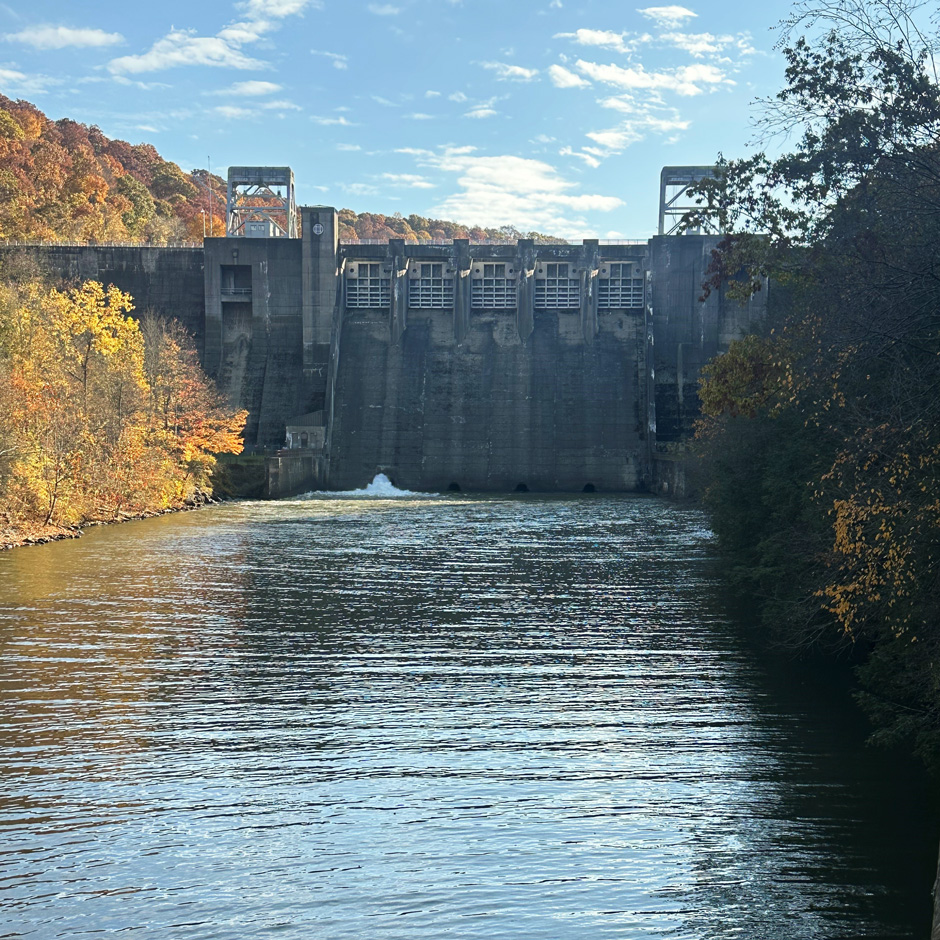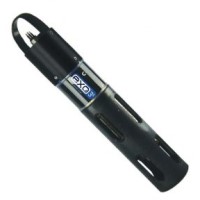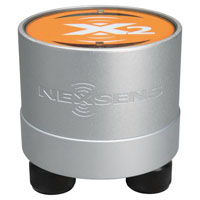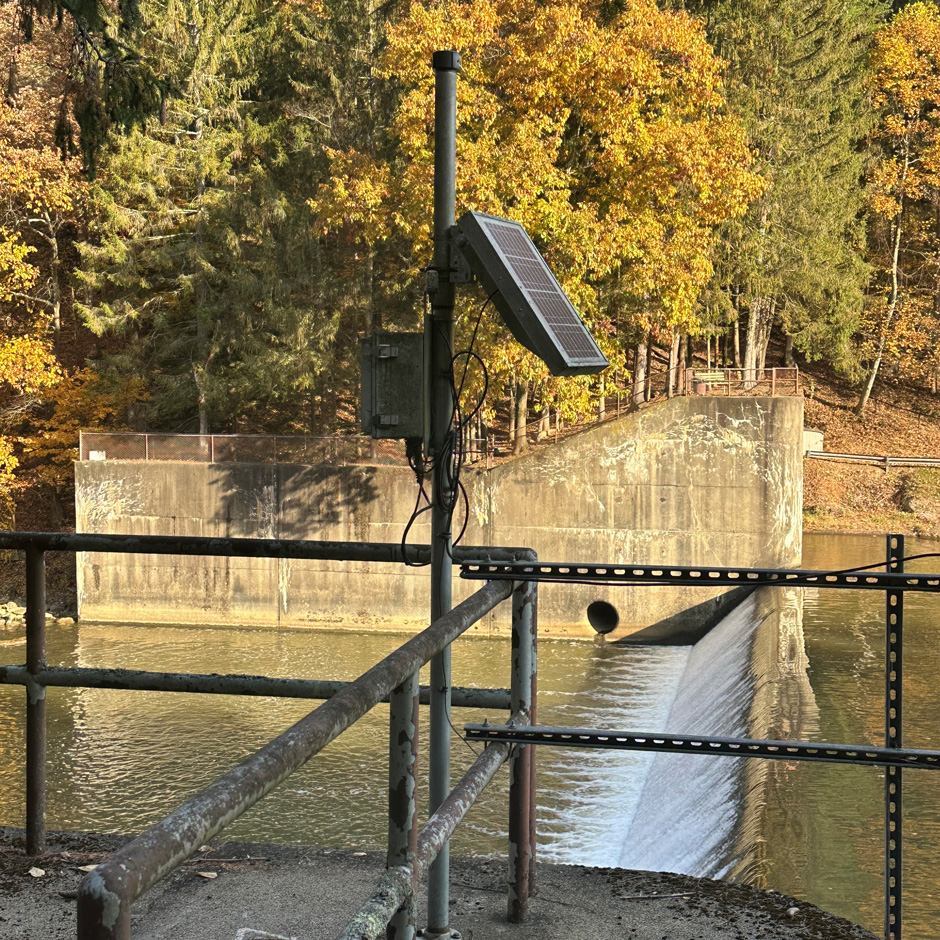 Hydroelectric dams provide clean and renewable energy to the grid, which is sorely needed in regions that rely heavily on fossil fuels. While the dams utilize a renewable resource that will remain viable as long as the waterway flows, they still put a strain on the environment.
Hydroelectric dams provide clean and renewable energy to the grid, which is sorely needed in regions that rely heavily on fossil fuels. While the dams utilize a renewable resource that will remain viable as long as the waterway flows, they still put a strain on the environment.
Dam monitoring can take many forms, but most hydroelectric facilities are required to monitor conditions above and below that dam to ensure that conditions meet ecosystem needs. When successful, dams can operate for many years with limited impacts on the surrounding system.
It’s the job of environmental professionals like Craig Goldinger, a regional manager with Eagle Creek Renewable Energy in Western Pennsylvania, to oversee monitoring efforts above and below the dams and adjust operations to protect resources while continuing to provide power to the public.
Challenge: Building a Reliable Monitoring System for Hydroelectric Plants
Goldinger manages All Dam Five and All Dam Six, which are hydroelectric plants on the Allegheny River, and Mahoning Creek Hydro on Mahoning Dam. Dam monitoring is multifaceted and requires managers to consider environmental conditions, employee safety, and operational requirements.
In terms of environmental conditions, downstream of Mahoning is a rare cold water fishery, which requires specific dissolved oxygen (DO) and temperature levels in order to protect the aquatic life living there. As a result, Goldinger is charged with monitoring the outflow of the dam and ensures that outputs are within acceptable ranges.
Limits are established by the U.S. Army Corps of Engineers and change based on the season and needs of the species below the dam. Monitoring is ongoing and continuous, occurring 24/7 in order to meet compliance guidelines. If the system fails for any reason, the dam cannot operate, due to the risk of DO or temperature dropping and endangering the ecosystem below the dam.
 Solution: Real-Time Data Availability
Solution: Real-Time Data Availability
Because dam operations depend on system reliability and data availability, Goldinger needed a system that would operate in all conditions and provide real-time data. A number of real-time monitoring stations are set up along the creek to monitor conditions at key points of the waterway.
A YSI Sonde equipped with temperature, DO, and turbidity sensors measures water quality in the reservoir, stilling basin, and downstream of the dam. The sonde is connected to a NexSens data logger, which transfers the gathered data to the cloud, where it is viewable via WQData LIVE.
He expands on the experience, “I work 24/7, 365 days a year. Whether I’m on vacation or sleeping, we have alarms set up that if anything happens, I get woke up in the middle of the night, whether it’s a regular alarm or an environmental alert and then we have to go from there.”
Benefits: Data Accessibility and System Reliable
WQData LIVE allows managers like Goldinger to create automated alarms which will notify them if levels drop below acceptable ranges. Goldinger can also access the data wherever and whenever he wants to view conditions near the dam. The information is all stored online and available for trend analysis and to support annual reports that highlight the dam’s compliance with regulations.
The Bottom Line
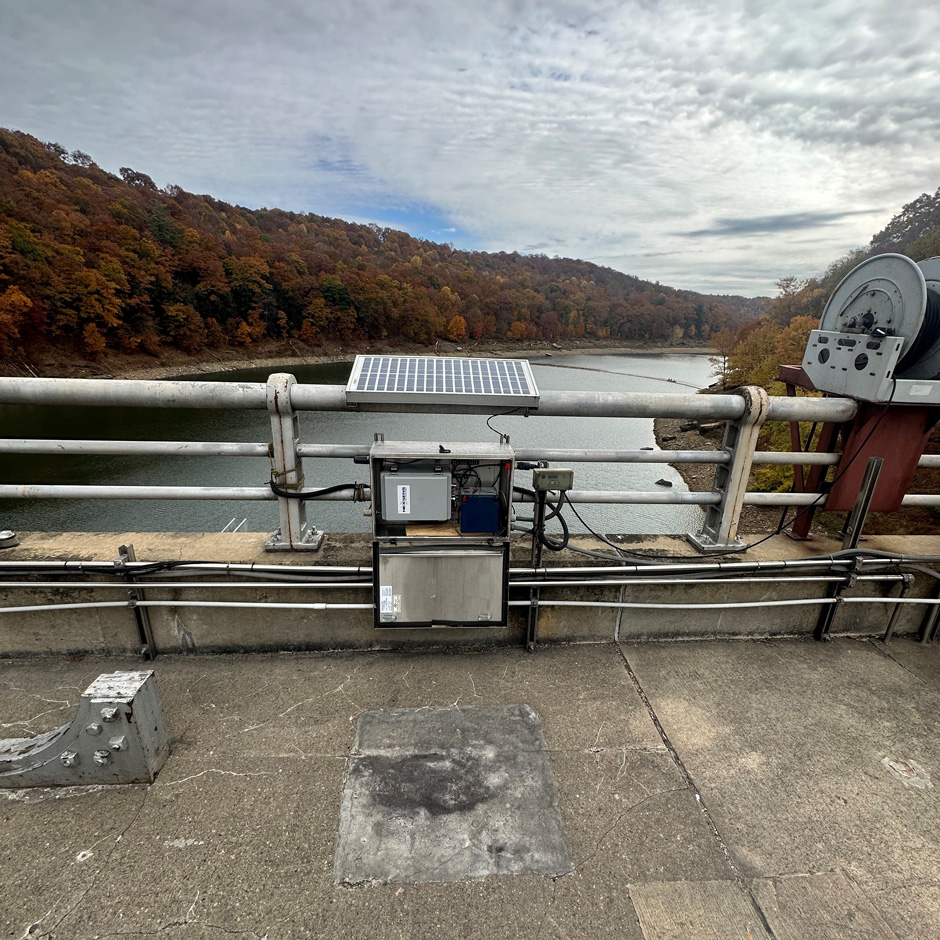 The real-time accessibility of the data allows managers to respond quickly and effectively to improve water quality, depending on ecosystem needs. In cases where water temperature is too high, the dam will need to be shut down in order to allow free-flowing water to reach the downstream area. If DO levels drop due to impeded flows, the U.S. Army Corps of Engineers can use a ring jet to raise DO levels, which mixes with the lower levels below the dam, helping to meet compliance.
The real-time accessibility of the data allows managers to respond quickly and effectively to improve water quality, depending on ecosystem needs. In cases where water temperature is too high, the dam will need to be shut down in order to allow free-flowing water to reach the downstream area. If DO levels drop due to impeded flows, the U.S. Army Corps of Engineers can use a ring jet to raise DO levels, which mixes with the lower levels below the dam, helping to meet compliance.
The reliability of the NexSens system allows Goldinger to manage dam operations effectively and meet operating compliance year-round. Any disruptions to operations can influence energy availability in the region, so a reliable system is the key to keeping the hydroelectric plant running.
“[The systems] keep us running. Especially, with the environmental restrictions that we have at Mahoning, they are [. . .] a very reliable service,” states Goldinger.
Equipment
The YSI EXO3s is a compact, batteryless sonde that comes with the same capabilities as the EXO3, and is ideal for specialized applications where external power is supplied.
WQData LIVE is a web-based project management service that allows users 24/7 instant access to data collected from remote telemetry systems.
The NexSens X2 Environmental Data Logger offers the latest in real-time monitoring technology with wireless communication, large plug-and-play sensor library, and ultra-low power consumption.

